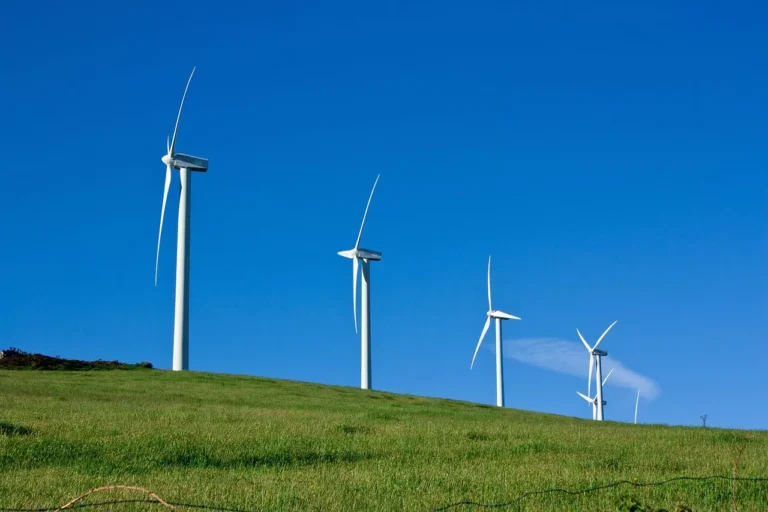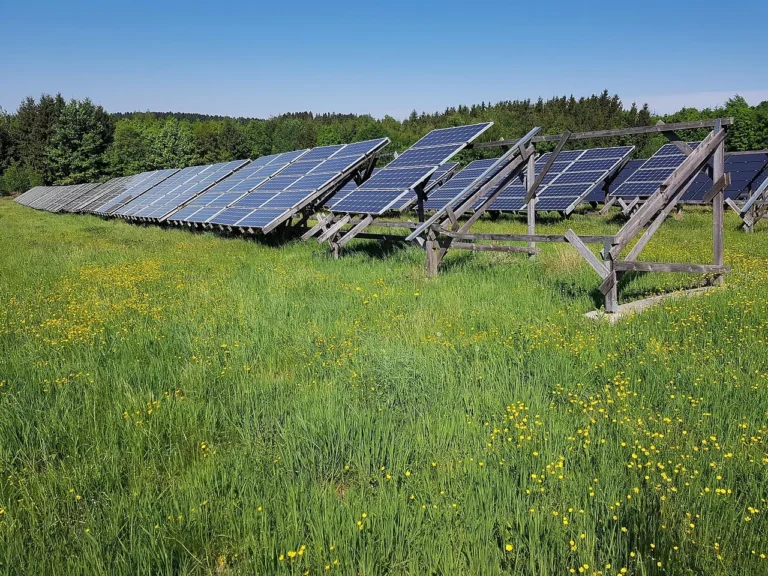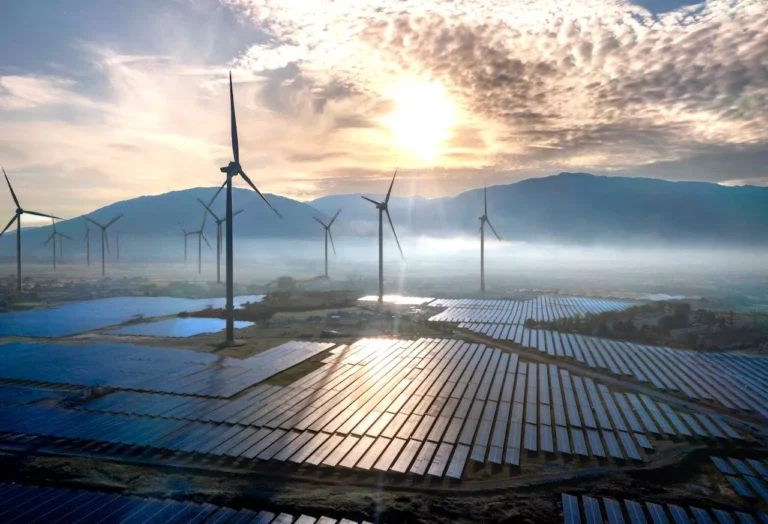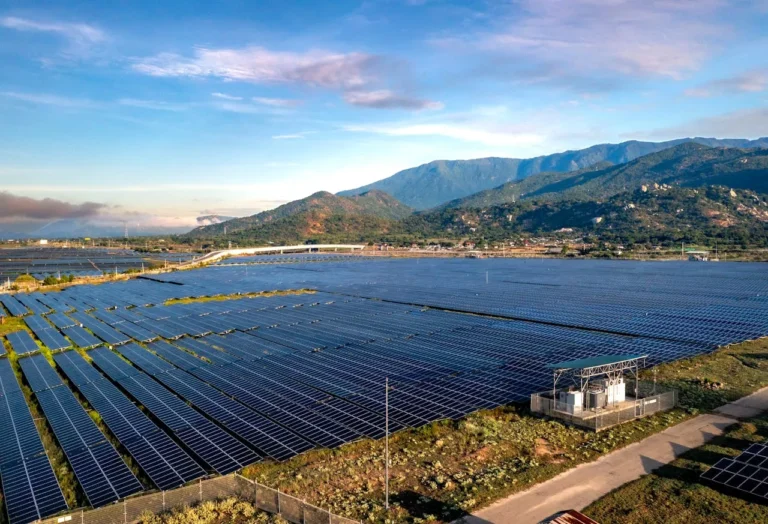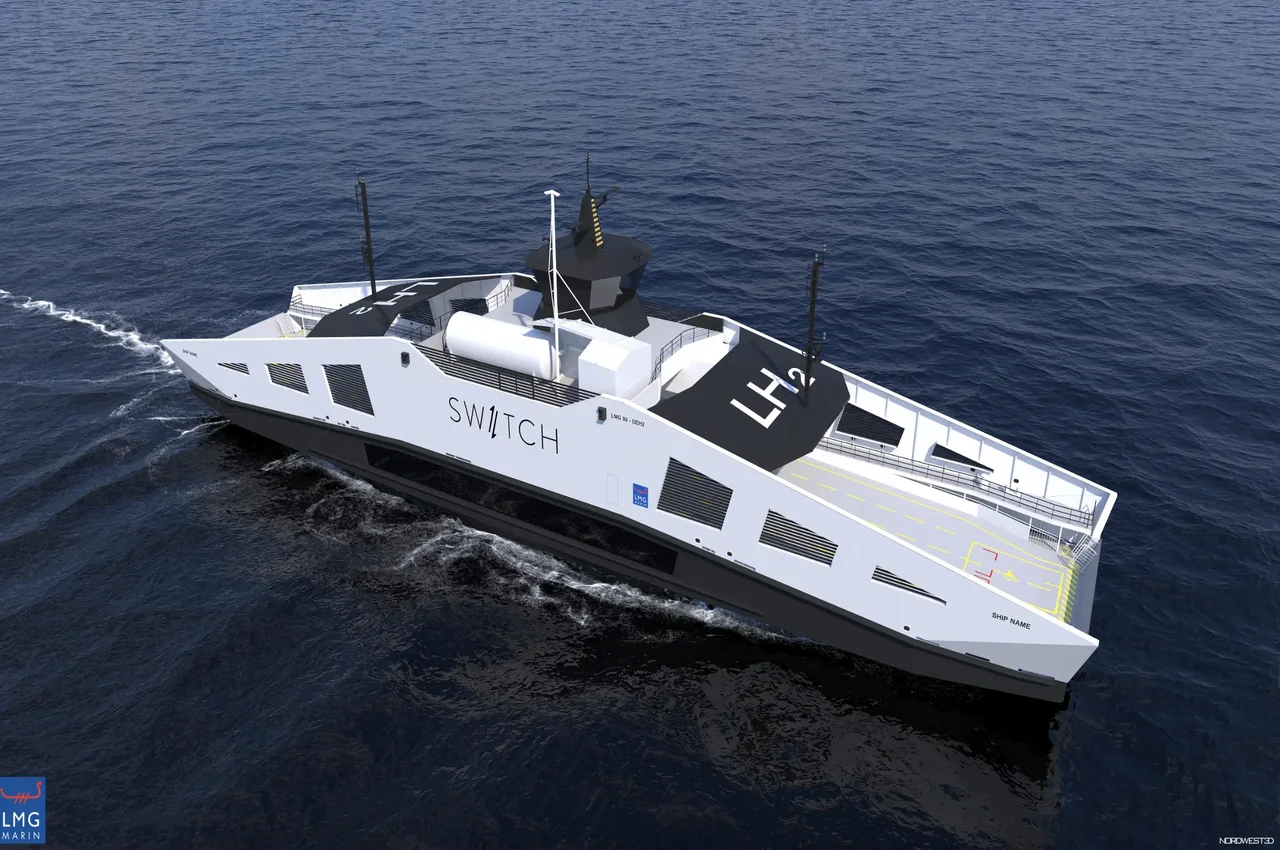
SWITCH Maritime, a U.S. shipowner known for launching the first hydrogen-powered ferry in the country, is advancing its next zero-emission vessel project. In collaboration with LH2 Shipping and Norway’s LMG Marin, SWITCH plans to start U.S. construction of an 80-car, 300-passenger RoPax ferry, currently operating on liquid hydrogen (LH2) in Norway. This vessel will be DNVGL-classed, built to stringent standards, and signifies a major step in the U.S. maritime energy transition.
Pace Ralli, SWITCH’s CEO, stated, “With careful planning, cutting-edge engineering, and support from leading partners and the U.S. Coast Guard, we’re ready to lead in LH2 fueling for larger, high-powered vessels.”
SWITCH’s first hydrogen vessel, the Sea Change, is a 75-passenger catamaran ferry with 600 kW of electric motor propulsion, powered by 360 kW fuel cells and 246 kg of gaseous hydrogen (GH2) storage. It began service with San Francisco Bay Ferry in July 2024 and currently fuels once a week using a mobile GH2 trailer. The process takes two hours, providing enough fuel for three days of operation. As the ferry service scales to daily operations, Sea Change will fuel twice per week.
While SWITCH supports all zero-emission technologies, it focuses on hydrogen for its potential to meet range and power needs in cases where batteries alone are impractical due to space and weight constraints. Hydrogen, with its high energy density, enables greater operational flexibility by bypassing the need for fixed shoreside charging. While GH2 works well for smaller vessels, cryogenic LH2 is more suitable for larger vessels, allowing faster refueling for greater fuel volumes.
Building on Sea Change, SWITCH is developing a 150-passenger, 25-knot catamaran ferry for SF Bay, featuring similar GH2 storage and fuel cell systems, to be unveiled in early 2025. For larger projects, such as 300+ passenger ferries and harbor tugs, SWITCH plans to transition to LH2 storage.
“Our first hydrogen vessel demonstrated the feasibility and safety of hydrogen fueling,” Ralli noted. “The LH2 RoPax ferry design, already DNVGL-classed, will be modified for U.S. Coast Guard compliance. LH2 fueling follows the same IGF Code as LNG fueling, giving us a robust regulatory framework.”
The vehicle ferry’s larger steel hull provides ample space and weight capacity, making it ideal for LH2 integration in the U.S. The ferry will have a service speed of 14 knots and require fueling only once a week, with a 3,000 kg LH2 tank providing sufficient range. Its Norwegian predecessor, MF Hydra, owned by Norled, has operated successfully since March 2023, fueling every two weeks with no unplanned downtime.
Like GH2 ferries, the RoPax ferry will produce only water vapor as emissions, marking another milestone in SWITCH’s commitment to zero-carbon shipping.





